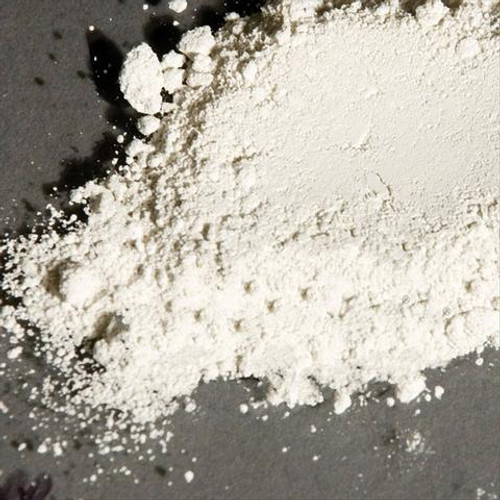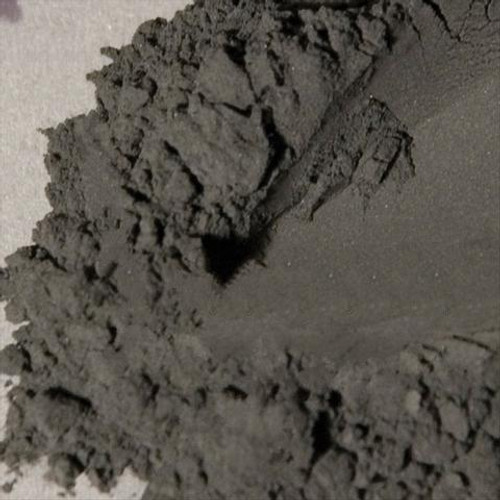Tin oxide has long been used to opacify glazes in oxidation (make transparents opaque) at all temperatures. Hand decorated tin glazed earthenware of the 1700/1800s is the most famous use of tin in glazes (delftware-England, faience-France, maiolica-Italy). While many potters are keeping this tradition alive today most now use zircon based opacifiers instead. Thus any discussion about the use of tin oxide as an opacifier ends up comparing it with zircon products:
- Twice as much zircon is required to produce the same level of opacity.
- Like zircon, tin melts at very high temperatures and thus does not go into solution in typical glaze melts.
- Zircon will stiffen the glaze melt more than tin.
- Zircon will likely produce a harder glaze surface.
- Zircon will reduce the thermal expansion of the glaze more than tin.
- The quality of the white color is different (tin tends to be more of a blue white, zircon a yellowish white).
- Tin is very expensive, this is likely the main reason for its much more limited use as an opacifier today.
- Zircon tends to have less of an effect on the development of metal oxide colors (e.g. tin reacts with chrome to make pink).
- If gloss is an issue, silica might have to be reduced to compensate for the silica introduced by a zirconium silicate opacifier being substituted for tin.
- While there are other products that produce varying degrees of opacity, none are as neutral and non-reactive as tin and zircon. Other opacifiers also tend to variegate the glaze.
- Tin does not normally opacify in reduction firings.
Tin is also a player in the development of ceramic colors, for example chrome tin pinks and maroons. Tin with iron in oxidation makes a warmer shade of brown than zirconium does.







